|
Dear B Douglas Harding used to hold Zen meditation sessions by lying on the floor. He had no time for formal structure - as 'having no head' also apparently meant that 'he had no body' - although most people who encounter his work seem not to realise the latter. Richard Hunn knew John Blofeld and Douglas Harding - although if he knew Terrence Grey - nothing was said to me. Blofeld mentions meeting Xu Yun - but Xu Yun does not mention meeting Blofeld. This need not negate the encounter - as Xu Yun was photographed with numerous Westerners - many of whom are not mentioned in his biography. In the UK - the barbarous treatment meted-out by the Imperial Japanese Army to British POWs and civilians is still remembered with disgust and derision - as is their savage treatment toward tens of millions of Asian victims. Just what Blofeld is talking about does not ring true. Richard told me that Blofeld eventually retired to Thailand - and 'gave-up' Buddhism in the last years of his life - becoming anti-Asian and pro-Christian, so perhaps his wayward attitudes express these changes. I inherited Charles Luk's papers, and having looked through the volumes, I can say that there is no mention of John Blofeld, Douglas Harding or Terrence Grey. Charles Luk was opposed to Japanese religious corruption and actively campaigned against it. He certainly would not have assisted Blofeld if he knew of his pro-Japanese attitudes. As to hilly Hong Kong mountains - he is probably speaking of the Sai Kung area of the New Territories - where our Ancestrial village used to be. As the area is now a 'National Park' - the US social media has extended the so-called '411' mythology to include this area. Whenever I visited the area - I used to make sure I was with Chinese relatives who knew where they were going. Yes - Richard Hunn gave me his copy of John Blofeld's Yijing. It is a peperback to which Richard added a stouter cover. Of course, it is not the full Yijing, but only the Hexagrams, its line commentaries, the Judgements and Images. From what I can see, I believe Blofeld is copying Wilhelm and is not working from the original Chinese language text. It is a re-interpretation of a translation. Of course, I suspect there are hundreds of these re-interprtations in the English language by now - and that a certain selection can grant an overview of the original text. I am told that an astonishing 600,000 Americans go missing each year in well sign-posted National Parks and National Forests - although all but 6,000 are found safe and well - and that this finding is through the application of the scientific method. When people's lives are at stake I doubt superstition can replace logic and reason. In the days that Blofeld is referring to - the New Territories were strewn with hundreds of villages - many of them Hakka (he does not know this because he never went there). The distance between villages was quite often miniscule. I would say that getting truly lost would have been very difficult as there were settlements everywhere. These are the settlements the Imperial Japanese Army raped and pillaged their way through - killing at least 10,000 people in a relatively small area (1941-1945). The Yijing certainly did not assist the ethnic Chinese escape this fate. One last point that Blofeld is missing is that the Imperial Japanese Government 'banned' everything 'Chinese' - and this included the study of the Yijing. Blofeld is, therefore, misinformed and I would say, not to be trusted. With Metta Adrian
0 Comments
I have spent several months translating into English this (Chinese language) academic paper forwarded to me by the Chinese Buddhist Association - with the instruction of providing to the West an authoritative text concerning the history of Chinese Ch'an Buddhism that ALL can benefit from. The Chinese Buddhist Association would like it known that ALL Westerners are welcome to come to China and study in educational or religious institutions and to submit their own thoughts and understandings regarding Chinese Buddhism, Chinese culture, Chinese culture and Chinese philosophy, etc. I am please to fulfil this Bodhisattva task!
The ICBI seeks to bring together the international community around the subject of Chinese Ch'an Buddhism - and its many strands of development that have spread across the world - often into very different cultural milieus, historical epochs and socio-economic categories! China is the historical and cultural epicentre of this type of Buddhism (which is a form of Indian Buddhism integrated with Confucian and Daoist influences), and due to politics, world history and different views of the destiny of humanity - the 'disconnect' between the academia of China and the West must be a) acknowledged and b) striven to be over-come. In the very interesting Conference on Ch'an Buddhism translated above - no Western scholars attended even though many were invited with all-expenses paid trips and free accommodation provided, etc. This did not stop the Conference from going ahead - as the work of Western scholars was discussed in their absence. A major achievement of this Conference can be seen in the fact that Mainland Chinese scholars sat in the same room as Japanese and Taiwanese scholars and a civilised and highly beneficial debate unfolded. Chinese Ch'an Buddhism never died-put in China (a common myth that still circulates like Halley's Comet), and is thriving today! Furthermore, Chinese Ch'an is a 'living-tradition' that has spread throughout the world and into many different places! I have made the point that suitably qualified Indian scholars need to do more in 'proving' the existence of 'Dhyana' Buddhism within South India - and isolate the strand of this Buddhism that Bodhidharma brought to China. This development would move the debate forward and counter the assumption that Ch'an is a purely Chinese invention that possesses no Indian roots. Peace in the Dharma The publishing business can be a tricky place full of pitfalls for the inexperienced and the unwary – Richard Hunn (1949-2006) was neither of these two things. What he was amounted to being one of the most talented and well-educated Western authorities upon the subject of Chinese languages, Chinese history, Chinese culture and Chinese thought! Indeed, so highly regarded was he in these areas, that even as a young man, Charles Luk (1898-1978) took him as his personal disciple and despite knowing and teaching thousands of others in the world – transmitted the Ch’an Dharma exclusively to him! In 1991, Richard Hunn emigrated to live in Kyoto, Japan, where he taught English Language and English Literature at Kyoto University. He took on this career so that he could dedicate his spare-time to the study of Chinese Ch’an in Japan. In 2002, whilst sat in the living room of my house in Sutton, South London, Richard Hunn became very upset and started to convey to me the story of how he had spent many years carefully translating a number of Ch’an Enlightenment Poems – most of which were completed, checked and endorsed by Charles Luk himself prior to his passing! As Richard Hunn had held Ch’an Week Retreats as a Guest Teacher of the Western Ch’an Fellowship in the Bristol area of the UK- it was suggested to him around 1983, that he forward his finished manuscript containing these poems to Master Sheng-Yen (聖嚴) so that the Taiwanese Head of the Western Ch’an Fellowship could be invited to write and ‘Introduction’. Within Chinese language sources, ‘Sheng-Yen’ is referred to as ‘聖嚴法師’ (Sheng-Yen Fa Shi) or Shang-Yen Dharma Master’ (which implies he is learned with regards to the Buddhist sutras, their contents and their meanings), but is never referred to as ‘聖嚴禅師’ (Sheng-Yen Ch’an Shi) or ‘Sheng-Yen Meditation Master’ - implying that he is acknowledged as specialising in ‘mind to mind’ communication and transmission. Indeed, it is only through his own self-referencing that ‘聖嚴禅師’ is encountered. Richard Hunn wrote a letter in the Chinese language introducing himself and his Ch’an lineage – and enclosed copies of all his translated Ch’an poems – politely enquiring as to whether Master Sheng-Yen thought the poems were of any use – and if so – if he had the time to compile an ‘Introduction’? Richard Hunn did not receive any reply – not even an acknowledgement of receipt. Prior to his passing in 2006, Richard Hunn showed me his decades-old translation work with his scribbles, crossings-out, underlining and highlighting of the original Chinese-language texts of these poems – Charles Luk’s comments written under about two-thirds of the finished translations. This work was completed by Richard Hunn between 1975-1983. As many were posted to Charles Luk who was living in Hong Kong, the dates of these translations are clear for all to see. Richard Hunn was astonished, therefore, to be contacted by a student (in 1985) who said he had come across Richard’s translation work in a book on sale in a British bookshop – but published under the name of one ‘Master Sheng-Yen'! Obviously, I inherited all the papers of Charles Luk and Richard Hunn, and I have in-front of me now, Richard’s original English language translations of a number of poems regarding Ch’an Enlightenment (together with the ‘original’ Chinese texts he translated these poems from) - and they are ‘identical’ word for word – for those poems which appear under Master Sheng-Yen's name! Furthermore, the entire book from its ‘title’ to the calligraphy used on the opening pages all belongs to my teacher – Richard Hunn! Reading these poems is to touch the heart of Richard Hunn as they have absolutely NOTHING to do with the creative talents of Master Sheng-Yen! Indeed, his life has been controversial in many areas – including being a member of the Taiwanese military between 1949-1960.
Chinese Language Reference: https://baike.baidu.com/item/释圣严/1956534 Dear Ben
Wilhelm's translation was ground-breaking - but remains a snapshot of his own ideas and misunderstandings. Yes - it is a good literal translation - word for word - but makes no sense when read because he did not really know (or understand) the historical, cultural and philosophical context of a) each hexagram and b) each hexagram in relation to the totality of the 'meaning' of the Yijing. How could he know these things? He was a German; Protestant Christian and this upbringing does not automatically confer an innate cultural understanding about certain aspects of China's feudalistic past! The scope of Wilhelm's achievement is often used to obscure the deviancies of his translations and the hopeless trap of 'Eurocentrism' he often got himself into. For instance, Hexagram 52 (䷳) is symbolic of a 'mountain' placed over a 'mountain' and is referred to as '艮' (gen4). However, his misunderstanding of Buddhist 'nirvana' is laughable but thought 'quaint' in the West! Both mountains assert a joint (simultaneous) 'downward' pressure from which neither can escape. Therefore, 'stillness' is achieved due to there being a 'rootedness' present - a certain gravitas operating equally through the mind, body and environment. A true scholar has aligned his or her bone-structure through calming the mind and allowing the bodyweight to drop into the ground through the feet - whilst passing through the centre of the bone (and stimulating the bone-marrow). Although this normally elicits a 'rebounding' force as the bodyweight bounces of the floor it impacts - in this instance the 'downward' force is so powerful that the onus is always 'toward the ground'. This should represent a time of extraordinary psychological and physical 'discipline' OR 'oppression' in the outer physical world that can be used as a form of inner 'discipline' as a means of coping with the pressure. Hexagram 52 is like perpetually 'drawing a bow' and yet never letting the arrow 'fly'... There is a perfect 'stillness' within movement - with such a build-up of explosive energy, what will happen next? As for the name of the hexagram - '艮' (gen4) - the upper particle '目' (mu4) represents an 'eye' on a 'face' - whilst the lower particle '匕' (bi3) which historically represents a type of deep and wide 'spoon' (common in China) as well as a 'dagger' - or stabbing implement. There is also the suggestion of an individual 'firing an arrow' or being 'struck by an arrow' - whilst on occasion this ideogram might be written as '妣' (bi3) which represents a 'post-humous' designation for one's deceased mother. Sometimes, there is a discord between the symbolic meaning of the hexagrams and the ideograms used to describe that meaning. Why is this? It could be that as time has gone by, scribes have either accidently miscopied texts by hand, or misunderstood the meaning of what they were copying and made unnecessary corrections and adjustments assuming they were putting right previous errors, etc. It could also be that as time progresses the assumed overt or implied meaning of a hexagram has undergone evolutionary development and that this has created a discord between the inherent meaning of the hexagram and the obvious meaning of the descriptive ideogram. Of course, looking at we have there are two references to weaponry (dagger and arrow), one reference to an eating implement whilst another reference is to being 'dead'. However, we must not forget that an 'eye' is watching over all that unfolds. A weapon and a spoon require mastery if combat (and cooking) is to be truly mastered. Furthermore, when a person 'dies' their body becomes 'still'. A weapon can 'kill' - but before it does the user must perfect is usage which requires a knowledge of 'when' (action) and 'when not' (stillness) to use it. The bow may be drawn but yet fired. If there is no food to eat, one becomes 'still' and ceases to 'move'. A spoon can serve food that exists or remain 'still' when no food is forthcoming. This hexagram seems to indicate the self-aware ability of remaining both inwardly and outwardly 'still' when circumstances a) allow for it, or are b) demand it. Just some thoughts. With Metta Adrian |
Archives
March 2024
Categories
All
|
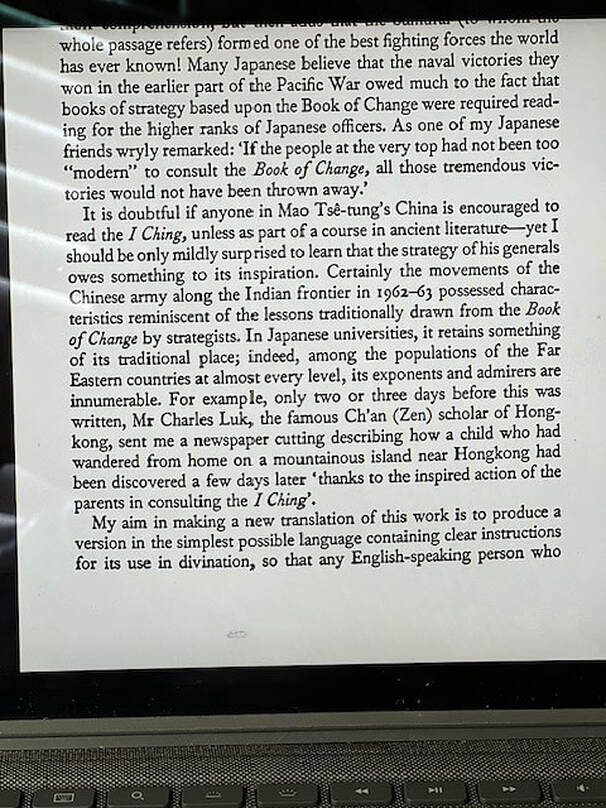
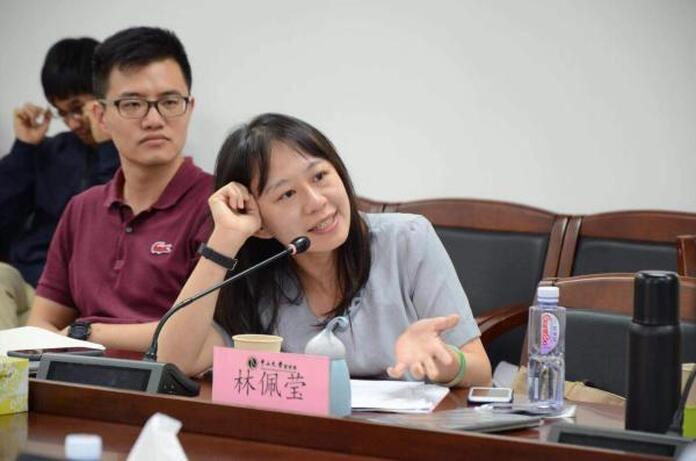
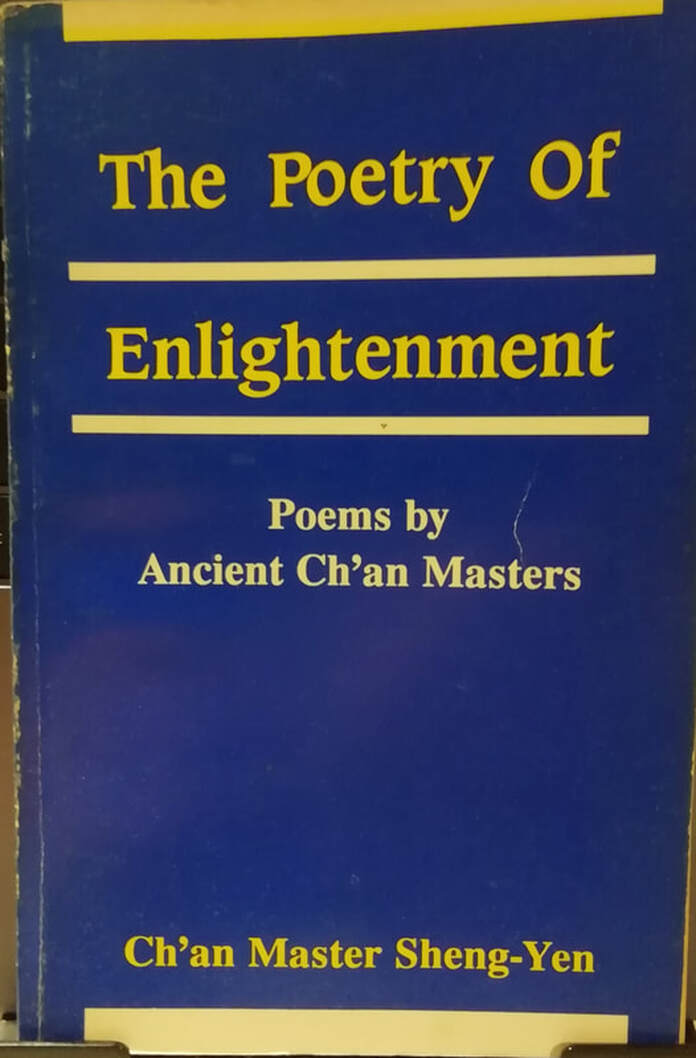
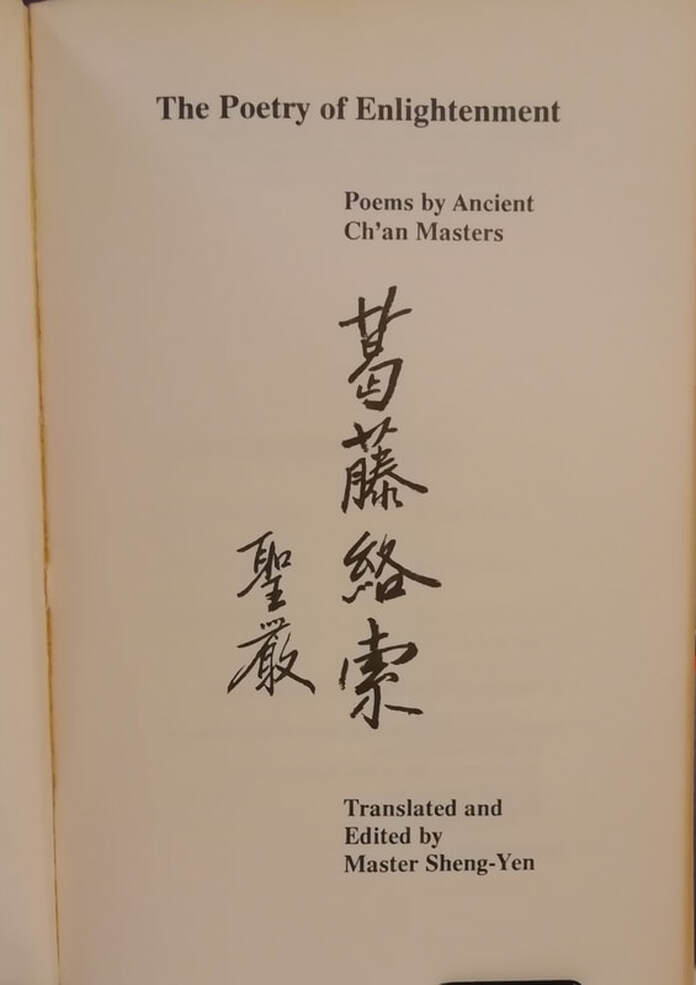
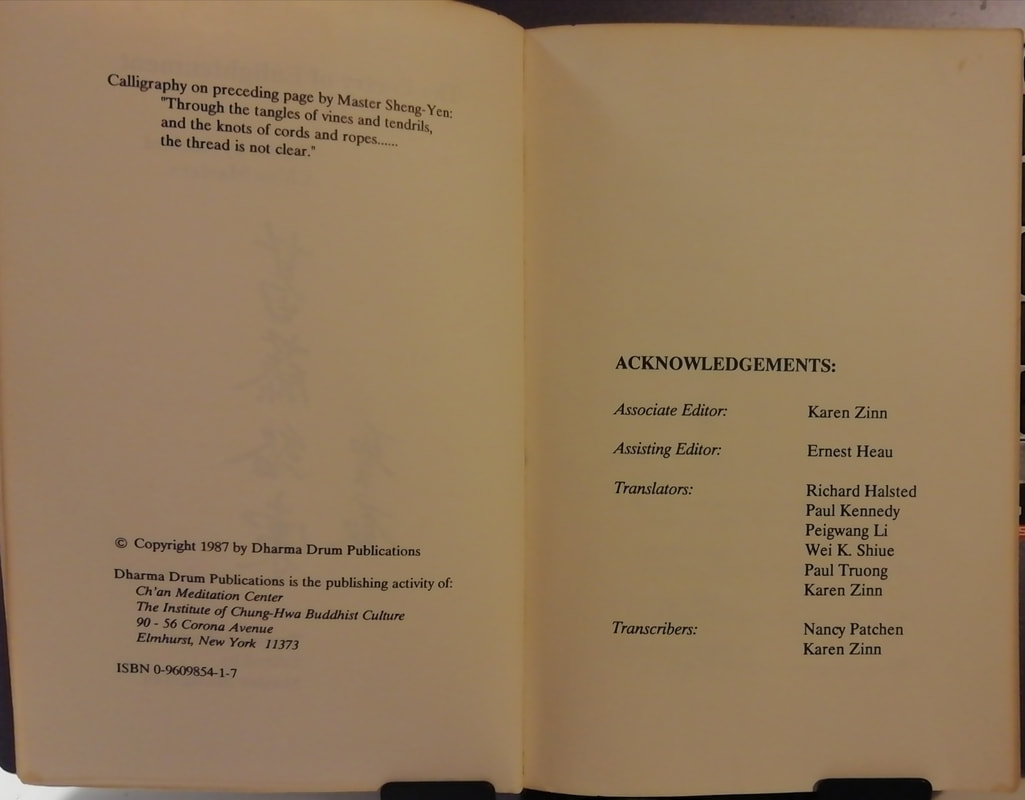
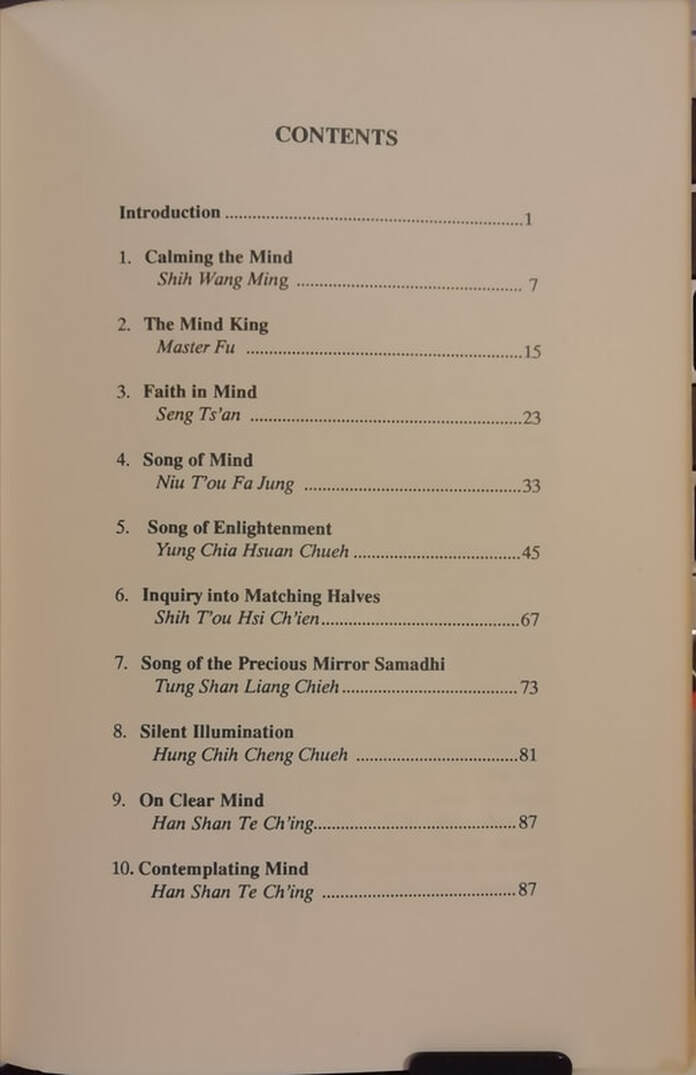
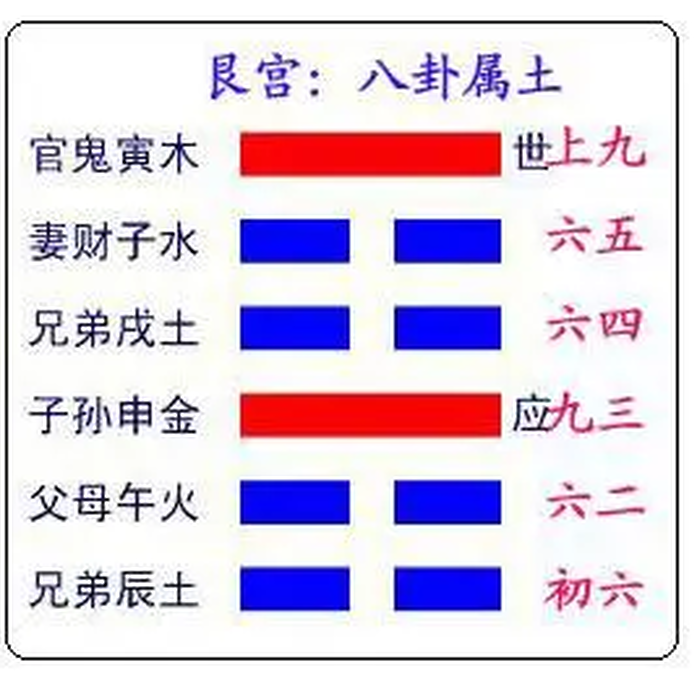
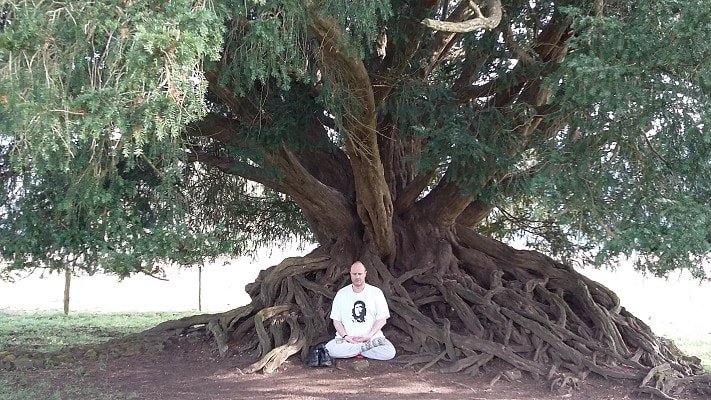
 RSS Feed
RSS Feed